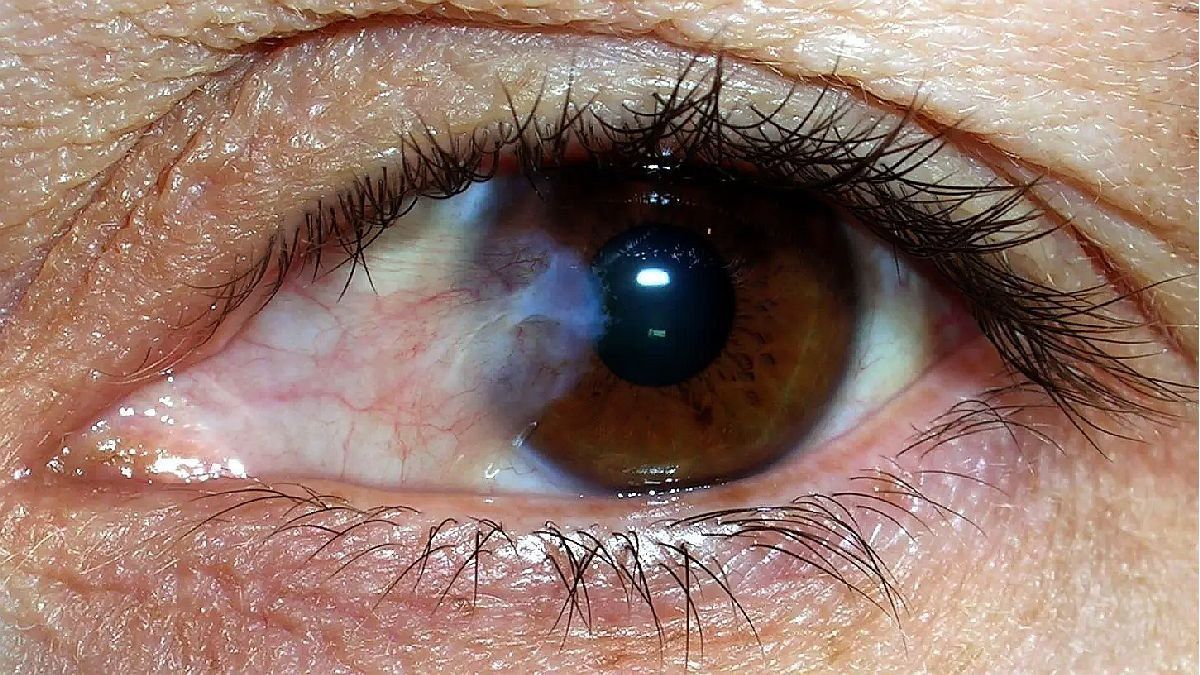The 10 points you need to know about this pathology and its treatment.
Technological advances have made the cataract surgery It is a common surgical technique for the patient’s visual recovery.
The content you want to access is exclusive to subscribers.
The 10 points you need to know about this pathology and its treatment are:


- Naturally, the eye has two lenses, one external (cornea) and one internal (crystalline). When the lens becomes cloudy, it is called a cataract.
- There are pathologies that can anticipate cataract: diabetes, myopia, regular use of corticosteroids. In addition, there are congenital diseases such as rubella, which can precipitate them.
- The most common symptoms are glare, altered color and contrast vision, and progressive decrease in vision.
- In the presence of cataracts, all the structures of the eye must be studied to rule out other associated pathologies such as maculopathy or alterations in the cornea.
- By replacing the opaque internal natural lens with a transparent artificial one, you can also correct myopia, astigmatism, hyperopia and presbyopia. To do this, a calculation is carried out to determine what the ideal intraocular lens will be.
- The usual surgery is phacoemulsification, which is performed with ultrasound, dilutes the cataract, aspirates it and leaves the capsule that surrounds it ready to receive the intraocular lens.
- Additionally, there is the femtosecond laser, which performs several steps of surgery without the surgeon working inside the eye. It is a less invasive surgical procedure.
- The surgery is with topical anesthesia (drops) and of short duration. Anesthetist and cardiologist monitor the patient’s general condition. The other eye is usually operated on during the following week.
- The surgery is outpatient, visual recovery is usually rapid, although it depends on the pathologies associated with the cataract. The postoperative period is with drops.
- Although the cataract does not return, the capsule that holds the lens can become cloudy later, although this is resolved with an in-office laser.
Ophthalmologist, head of corneal transplantation, refractive surgery and cataracts, at Clínica Nano.
Source: Ambito
I am an author and journalist who has worked in the entertainment industry for over a decade. I currently work as a news editor at a major news website, and my focus is on covering the latest trends in entertainment. I also write occasional pieces for other outlets, and have authored two books about the entertainment industry.




